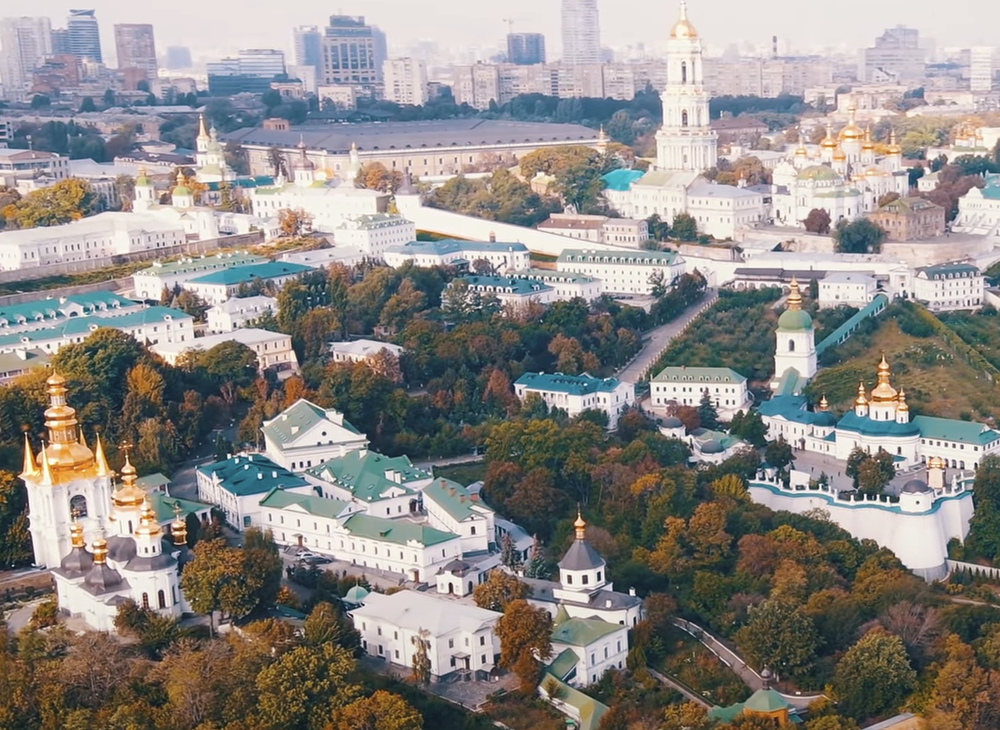Once again, we return to that mantra from old-school journalism — “who,” “what,” “when,” “where,” “why” and “how.”
When covering the murders at Nashville’s Covenant Presbyterian Church private school, journalists already know that the shooter wanted the public to know the answer to the “why” question.
Moments before shooting open the school’s doors, the person previously known as Audrey Hale, who chose the name “Aiden” in social media, sent a haunting and strategic message to a friend. Some timelines suggest that the shooter sent this message while parked in the church’s parking lot.
The contents of the message are highly relevant to news coverage of the shootings. Readers: Have you seen these words quoted in your local, regional and national news sources? Hale wrote:
“This is my last goodbye.
“I love you (heart) See you again in another life Audrey (Aiden)”
Later, Hale added:
“My family doesn’t know what I’m about to do
“One day this will make more sense. I’ve left more than enough evidence behind
“But something bad is about to happen.”
Public officials have made it clear that the shooter left behind a “manifesto,” as well as highly detailed plans for the attack on the school (school leaders have said Hale attended 4th and 5th grade there). The manifesto text is almost certainly what Hale was describing with the words, “One day this will make more sense. I’ve left more than enough evidence behind.”
Under normal circumstances, journalists would be doing everything that they can to answer the “why” question in this case, including calling for the release of Hale’s manifesto text and other materials linked to the attack. But these are not normal circumstances.










